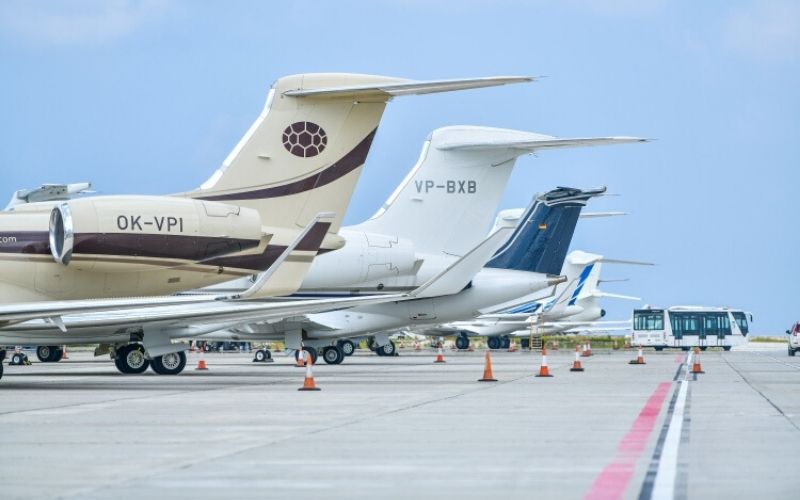As a key contributor of aviation and tourism industry, the success has always been focused on the partnerships and therefore the management of Maldives Airports Company Ltd (MACL) has decided to offer incentive support from airport charges to International Airlines operating to the Velana International Airport (VIA).
Due to the COVID-19 outbreak Maldives border has been closed from 27 March 2020 but just recently the government of the Maldives has announced that borders will open on 15 July 2020 and hence MACL would be starting the operations on the same date.
Due to the unprecedented COVID-19 outbreak, the aviation industry is undergoing a massive impact that has crippled air transport activities to a staggering halt. Since air transport is an integral part of the operations and business of VIA, it is crucial to focus on resumption of flights as soon as possible.
Mr. Moosa Solih, Head of MACL management
Maldives Airports Company Pvt Ltd have offered discounts from Ground Handling, Landing, Navigation and Parking charges to all the International Scheduled Airlines. The incentive package is divided into 3 slabs which will start from 15 July 2020 and will continue till 26 March 2021.

These incentives are introduced to ease and assist the resumption of airlines, encouraging them to start its operations to produce a substantial inflow of tourists to boost up Maldives tourism.
During the course of Covid-19 MACL have offered extensive support to many of the partners. With hope that these incentives will attract International airlines which Velana International Airport is well prepared for.







